Simple Pound Cake Recipe Plus Crust Fix
Pound cake is a timeless dessert cherished for generations due to its rich, buttery flavor and simple preparation. Traditionally made with just four ingredients—flour, sugar, butter, and eggs—the classic pound cake offers a wonderfully dense texture and moist crumb that makes it perfect for enjoying on its own or dressed up with your favorite toppings. Whether served with fresh fruit, whipped cream, or a drizzle of glaze, pound cake is versatile and can be adapted to suit any occasion.
In this post, I’ll share a tried-and-true pound cake recipe that’s easy to follow and delivers delicious results every time. We’ll walk you through each process step, offering helpful tips to ensure your cake is perfectly golden, moist, and flavorful.
Whether baking for a family gathering or special event or just craving something sweet, this recipe will become a staple in your baking repertoire. With its simple ingredients and straightforward technique, pound cake is a beautiful dessert for novice and experienced bakers alike. So, preheat your oven, gather your ingredients, and get ready to enjoy a slice of this classic treat!
Stella’s Pound Cake Dilemma
This post is also about Stella’s problem with her pound cake. Here is what Stella asked me:
After baking the pound cake, the top and sides are crusty, so I can peel this off instead of being buttery and soft. What am I doing wrong? I sifted the cake flour and really creamed the cream cheese, butter, and sugar well.
I immediately sent Stella’s dilemma to my friend Pastry Chef Jenni Field, who knows everything there is to know about baking. She replied:
Hmm. Is the “crust” crunchy or just detached?
You can get a crunchy, detached layer on the top of cakes and brownies because you whipped the eggs too much once they were in the batter, essentially making a “stealthy meringue.” When you put the batter in the pan, the bubble matrix you created by whipping the eggs sort of magically rises to the top and detaches itself.
To test if this is the case (and it’s really not much of a hardship to have to eat pound cake, right?!) *just* mix in the eggs, one at a time, on low speed, until they are completely incorporated. It sounds like you did all the other steps well, and creaming is the most important way to get bubbles. Over-beating the eggs gives you too much of a good thing.
So:
- Sift dry.
- Cream butter/sugar/cream cheese very well until light and fluffy.
- Add eggs, one at a time, on low, mixing just enough to incorporate them.
- Just mix in dry on low (alternating w/any wet). For pound cake, I usually do dry-wet-dry.
- Finish mixing by hand, folding w/a large spatula
I hope this helps!
And I hope it answers your question too.
Pound Cake Recipe
Since we are talking about pound cake, I asked Chef Jenni for her favorite version. Here’s what she sent me. I think you are going to like it.
This is an excellent, basic pound cake recipe that can be varied in many ways – add some cinnamon, use brown sugar instead of white sugar, use the zest of oranges or lemons, etc.
The ¼ cups of softly whipped cream give the cake a wonderful, velvety texture. You don’t have to do this step if you don’t want to. In that case, use a whole cup of milk rather than ¾ cup.
Pound Cake Recipe and Crust Fix
Ingredients
- 12 oz butter cool (about 68°F)
- 1 teaspoon kosher salt just a pinch less if you use table salt
- 2½ teaspoons vanilla extract
- 20 oz sugar 3 cups
- 5 large eggs
- 13 oz cake flour sifted (3 cups)
- 1 teaspoon baking powder
- ¾ cup whole milk
- ¼ cup heavy cream very softly whipped (it should be thick but not hold peaks)
Instructions
- Set an oven rack in the bottom third of the oven. Preheat oven to 350°F.
- Thoroughly spray a 12-cup Bundt pan with pan spray. Add about ½ cup of flour and knock it around in the pan until the whole inside of the pan is coated with the flour. Turn pan upside down and firmly tap out the excess flour.
- If using the cream, place a metal or glass bowl and a whisk in the freezer. You'll come back to it later.
- In a bowl, whisk flour and baking powder together very well.
- In the bowl of your stand mixer fitted with the paddle attachment, cream the butter until smooth and creamy
- Add the salt and vanilla and blend in.
- With the mixer on medium speed, add the sugar, about ¼ cup at a time, until it is all incorporated. Increase the speed to medium-high and beat well for a minute or two until the mixture is light and fluffy. Scrape bowl as necessary.
- Add the eggs, one at a time, mixing on medium-low speed until each egg is just incorporated before adding the next. Scrape bowl between each addition.
- With the mixer off, spoon in about half of the flour. Mix on low until barely incorporated. If you can still see some dry flour, don't worry about it.
- Alternate adding half of the milk, half the remaining flour mixture, the rest of the milk and the rest of the dry ingredients, barely mixing between each addition.
- Pour the ¼ cup heavy or whipping cream, if using, into the cold bowl. Whisk vigorously until the cream thickens to the consistency of a loose pudding. The cream will form low mounds when dropped back into the bowl but will not form peaks. This should only take a minute or two, as you're whipping such a small amount of cream.
- Scrape the cream into the mixer bowl and, with a large spatula, fold in the cream and incorporate all the dry ingredients gently but thoroughly.
- Scrape the batter evenly into the prepared pan and smooth the top.
- Bake until deep golden brown, well risen and cracked in the center. The sides will just start pulling away from the pan and a tester inserted into the cake halfway between the outer side and the inner tube will come out clean - an hour to one hour and 15 minutes.
- Let cake cool in the pan on a rack for 15 minutes. Turn out onto a rack and cool completely, about 2 hours.
- To garnish, either sieve some powdered sugar evenly over the top of the cake or make a simple glaze with powdered sugar, a little milk and a splash of vanilla.
- Heaven!

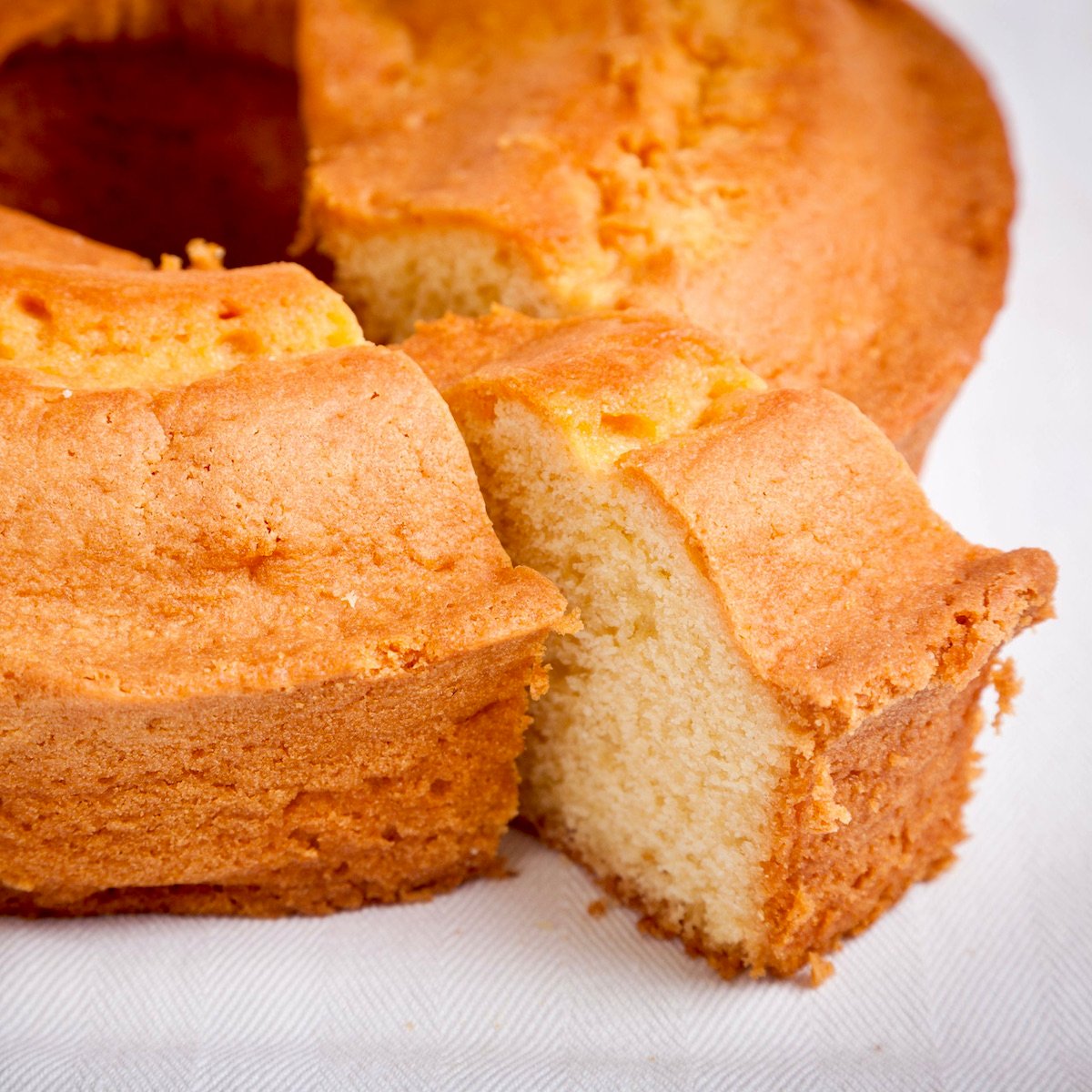
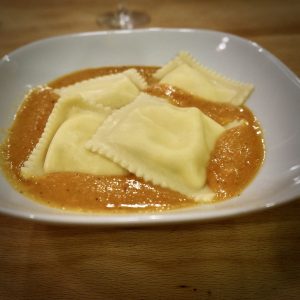
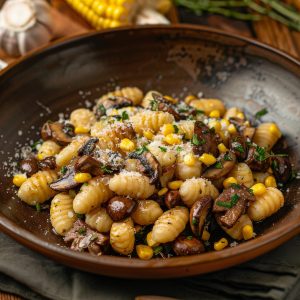


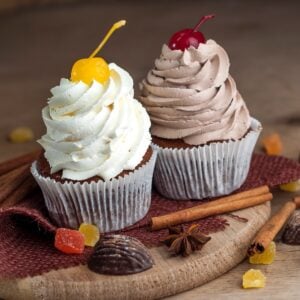
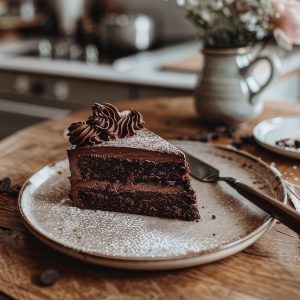
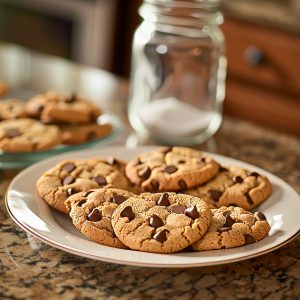
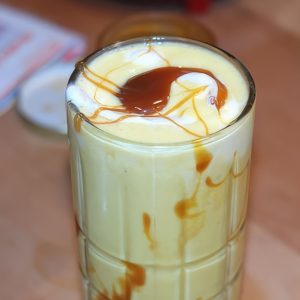
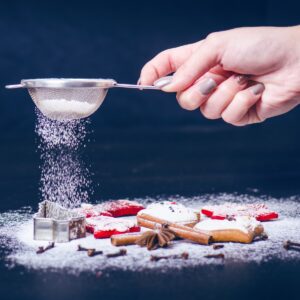
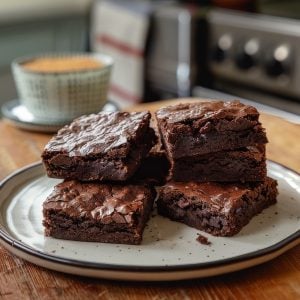
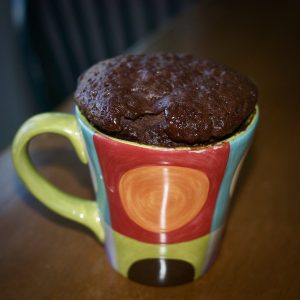


21 Responses
I believe you are correct in stating I overbeat the eggs into the batter. I will try your recipe as pound cake is one of favorites. Thank you for your assistance.
Absolutely correct. I used to add the eggs all at once and beat. Solved the problem by adding them one at a time while beating.
I happen to love a crusty top on my pound cake and the way to get that is to put you cake batter in a cold oven, turn the heat up to 340 degrees for the first 25-30 minutes, then down to 325 for the remainder of the cook time. For some reason, the cold oven start up makes the top crispy.
Quite a useful post, I am always on the lookout for baking related theories, tips and techniques. I usually bake eggless cakes and sometimes the crust comes up crisp. I tend to cut it off but realized I lose quite a bit of the cake as sometime the sides are we bit crispy too. Any idea why eggless cake would have this problem?
Hi, Veena. Interesting question. I have never baked eggless, so I’m not really sure of the answer. What do you substitute for the eggs when you get that crispy result? Maybe if you shared your ingredient list/mixing method/procedure, I can help you narrow down the issue. 🙂
U are so right jenni! I baked a butter golden cake today the top was sugary and crunchy I beat it so fast my cake looked whipped and thick I thought that might be why thanks so much!
The recipe I use requires that eggs be separated. Yolks are added (all at once) to butter and sugar and creamed together; dry ingredients, milk and extract are added next (all at once). Whites are beaten til stiff and added to batter and beaten well (not folded in). So the eggs are really getting beaten a lot. Cake is then placed in cold oven and baked at 325 for 1hr 15min. From the foregoing, it seems that my recipe is problematic because it has all the elements that result in a sugary, crunchy crust. Case in point: I made this cake just yesterday and someone thought I had put a glaze on it! While it tastes great, somehow I don’t want crunch when I cut/bite into my pound cake. I’ll try to incorporate the info I got here when I make it again.
Do you happen to have a pic of Chef Jenni’s pound cake? – From the recipe provided above
I’m delighted to have found this site. lately my favorite Southern lemon pound cake tends to become too crusty. This doesn’t change the cake in any other way. It’s delicious. I will try the tips that I have learned here. Thanks my friends.
Thank you so much! Beating the eggs too much is the problem. I baked 2 pound cakes and the first one I beat the eggs longer than the first and it had that falling off crunchy finish and the other one was beautiful. I appreciate the info.
I have the opposite problem. Around here everyone loves the crust on the pound cake–the thicker the better. My brother would be fine eating only the crust. My cake doesn’t have a crusty enough crust. Also we like the middle to fall a bit and be moist. Lately mine does not do this. I have been beating the butter and sugar for 15 minutes before adding eggs. So I just need to beat my eggs more and I should get a nice thick crust. I don’t need it to fall off, just be thick. Thanks so much I will have to experiment with this.
Such good information-thanks! I’m sure I beat the eggs too hard. Eager to try again!
Very good information. I too have a hard crust on my coconut pound cake. I knew about not beating the eggs too much, so when I added the eggs, one at a time, I only let it beat on very low and then add another egg and repeat. I have tried buying a very moist coconut; try not to over-cream; and try not to over-beat the eggs. I have also tried a different pan. I haven’t been able to figure out what I’m doing wrong. Any more ideas?
I too have “not beaten the eggs too much”and still have a crunchy fall off the cake, crust. I read recently that the oven temp may effect this. My recipe says 300 for one hour and 45 minutes. “They” said try 325 for one hour and 15-20 minutes. I’ll try this too.
You may also want to purchase one of those inexpensive oven thermometers and check to see how accurate your oven temperatures really are. I just read your oven settings may be much different than what they actually are and be the cause of over and under cooking.
I never had the dry top on my pound cakes before. So, I just kept making them (4) trying different methods. The recipes says to whip for 5 minutes with the 5 eggs. So, I tried 3 minutes at a lower speed and still a dry, crusty top. The cake is good but I tend to be a perfectionist when it comes to baking. Next time, the eggs will be added one at a time and stirred in with a spoon. Thanks for the tip~ almost pulled my hair out. I knew it was the eggs with the merange being crusty. Thought my using the extra large eggs caused it! It will be perfect next time around! Thank you!
What about baking soda?
Baking soda is a salt also known as sodium bicarbonate with a chemical compound formula of NaHCO3. It is mostly used in cooking as a leavening agent in baking.
I have a recipe for a Cream Cheese pound cake that calls for baking it at 350 degrees for 2 hrs. Isn’t that an awfully long time, and at that temp as well?
Thanks Stephen very interesting information. I have a few questions. Since the recipe calls for salt do I use unsalted butter? and what is the shelf life for this in and outside the refrigerator since there is whole milk in the cake.
I have the problem with my pound cake bottoms (once inverted) that form a crusty crust that tends to crack and fall off. I’ve tried multiple things including adding the eggs slowly but still no luck. Any other suggestions?